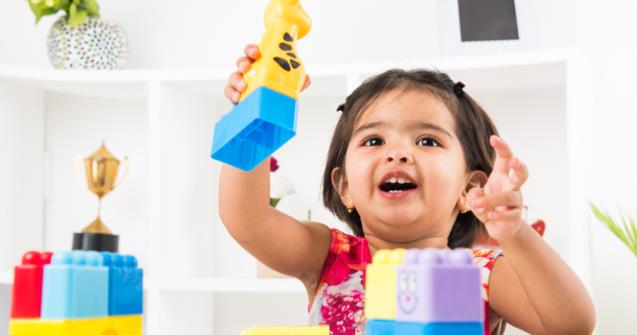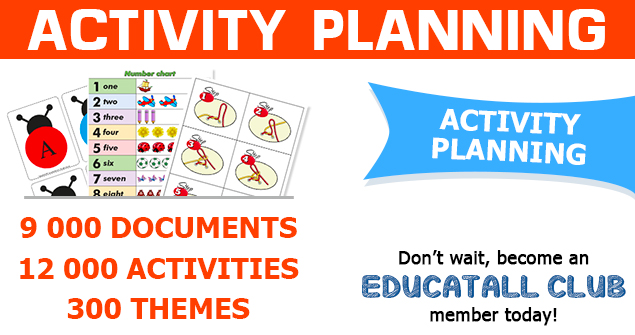
He throws all types of toys
This year, I am accompanying a child who has special needs. I would like to share my interventions with you.
Finding adapted activities
The first step for any intervention is observing the child’s actions throughout the day. It is important to note his gestures, his interests, and the difficulties he faces.
For example, when I first observed the four-year-old I am accompanying, he was sitting on the floor and throwing every toy he could get his hands on. Of course, some toys are not meant to be thrown, mainly because there’s nothing fun about being hit on the head with a toy truck that has been flung across the room.
Finding the need the child was trying to satisfy
Next, I thought about why the child was constantly throwing toys. The first thoughts that crossed my mind were that he may be exploring cause and effect, that he was trying to master the movement associated with throwing objects, or that he may simply be looking for attention.
The child I am accompanying has a motor deficit; one side of his body does not work as well as the other one. However, he can throw things with his other arm. In fact, he greatly enjoys throwing toys in every direction. His physical capacity and fine motor skills make it difficult for him to explore material as well as a typical child.
Safe throwing activities
Of course, I could spend my days repeatedly telling him not to throw toys and asking him to play with trucks, dolls, or blocks a certain way. However, that would not allow him to satisfy his need. I could also provide different types of balls, but I must keep in mind that he has been throwing balls for four years now...
I decided to provide a variety of lightweight items that the child can easily throw but are safe for the children playing around him. My goal was to foster sensory exploration.
Here are a few ideas that I tested.
- Throwing ping-pong balls (lightweight and safe).
- I cut tiny squares out of different types of fabric. The child enjoyed tossing them and catching them. Since the fabric pieces were lightweight, they gently caressed the other children as they fell on their face and hands.
- Tossing feathers up in the air.
- Throwing tissues. In fact, the child nearly emptied an entire box. When he tired of this activity, I kept the tissues that had been pulled out of the box. Another day, I organized a tissue battle.
- Tossing fabric rose petals for Valentine’s Day.
- Throwing inflatable toys normally used in swimming pools: rings, balls, ducks, fish, etc. The size and weight of these toys made them easy to manipulate.
Every day, I now provide lightweight toys and items the child can throw around as he wishes. He can practice throwing them far, way up high in the air, or towards other children to provoke a friendly battle. Every week, I repeat the same games with different materials.
Every item provided can safely be explored. What’s more, they all satisfy a sensory need.
Changing games
When the child is all done exploring the movement associated with throwing, he can move on to another form of play. This leads me to conclude that his need has been satisfied.
Chantal Millette
Early childhood educator

 Home
Home Theme activities
Theme activities
 Babies and toddlers
Babies and toddlers
 Arts and crafts
Arts and crafts
 Science
Science
 Creative recipes
Creative recipes
 Tips and tricks
Tips and tricks
 Special needs
Special needs
 Extra activities
Extra activities
 Educ-TV
Educ-TV
 Newsletter
Newsletter  Online store
Online store Educatall club
Educatall club

